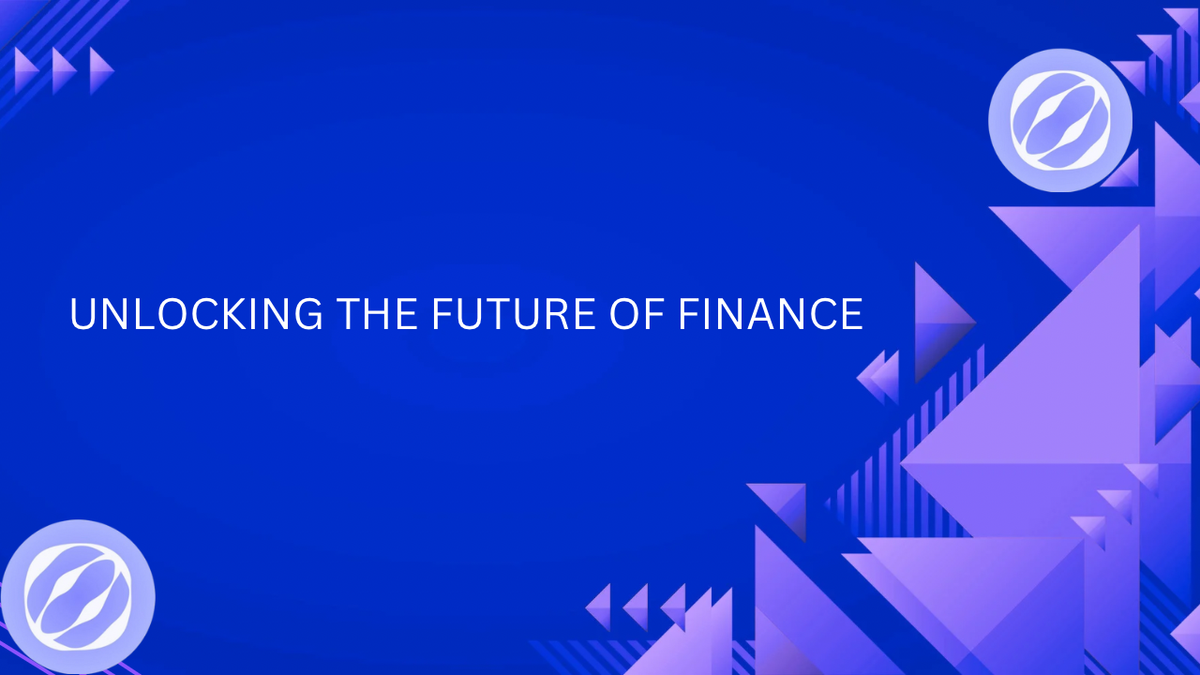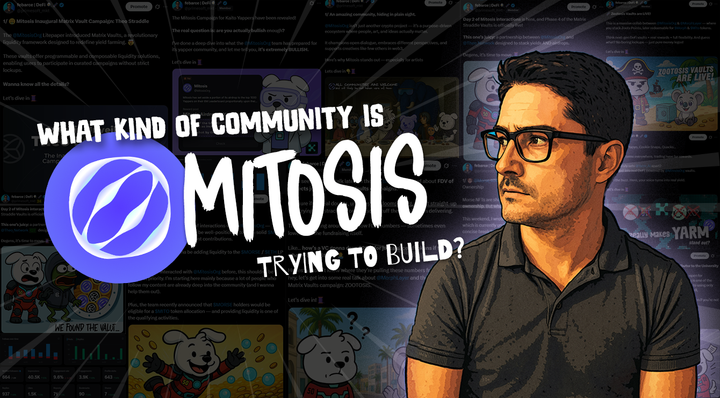Unlocking the Future of Finance: A Beginner’s Guide to Decentralized Finance (DeFi)

Introduction
Decentralized Finance, commonly referred to as DeFi, is revolutionizing how we access, use, and think about financial services. By removing traditional intermediaries such as banks, brokers, and centralized institutions, DeFi offers a decentralized, transparent, and permissionless alternative built on blockchain technology. At its core, DeFi empowers individuals to take control of their finances using peer-to-peer protocols and self-executing smart contracts. Whether you want to lend your assets, earn interest, trade cryptocurrencies, or access new financial instruments, DeFi enables all of this and more, without needing approval from a central authority.
This guide aims to demystify DeFi for beginners, covering its foundational concepts, benefits, risks, and the future it promises. Whether you’re new to crypto or looking to expand your understanding, this is your essential starting point.
What is Decentralized Finance (DeFi)?
DeFi represents a fundamental shift in the global financial ecosystem. Rather than relying on centralized institutions, DeFi platforms use blockchain networks like Ethereum, Binance Smart Chain (BSC), Solana, and others to deliver financial services directly between users.
This open infrastructure is built on public smart contracts that execute predefined actions automatically and transparently. By replacing traditional gatekeepers with code, DeFi removes barriers to entry and empowers anyone with an internet connection to take part in a new kind of financial system. It’s a revolutionary model that brings both accessibility and programmability to money.
Key Components of DeFi DeFi is a broad and rapidly evolving ecosystem, consisting of several core components:
1. Decentralized Exchanges (DEXs): DEXs like Uniswap, SushiSwap, and PancakeSwap allow users to trade cryptocurrencies directly from their wallets. These platforms use liquidity pools instead of traditional order books, enabling faster and more accessible trading without giving up custody of assets.
2. Lending and Borrowing Platforms: Platforms like Aave, Compound, and MakerDAO let users lend their cryptocurrencies to earn interest or borrow funds using crypto as collateral. These decentralized lending markets use overcollateralization and algorithmic interest rates to manage risk and maintain liquidity.
3. Stablecoins: Stable coins such as USDC, DAI, and BUSD are cryptocurrencies pegged to stable assets like the US dollar. They play a crucial role in DeFi by reducing volatility and providing a reliable medium of exchange and store of value within the ecosystem.
4. Yield Farming and Liquidity Mining: Yield farming involves providing liquidity to DeFi protocols in exchange for rewards, often paid in the platform’s native tokens. This process can generate significant returns but also carries higher risk due to market volatility and impermanent loss.
5. Insurance Protocols: Platforms like Nexus Mutual and InsurAce provide coverage for smart contract failures, hacks, and other risks specific to DeFi. These decentralized insurance models help increase user confidence and protect capital within the DeFi space.
How Does DeFi Work?
DeFi operates through smart contracts—self-executing agreements coded on the blockchain. These contracts automatically execute transactions when predefined conditions are met, eliminating the need for intermediaries.
Smart Contracts
Smart contracts are the backbone of DeFi, enabling automated transactions based on set rules. They store and transfer cryptocurrencies, interact with the blockchain, and execute instructions when conditions are fulfilled.
Benefits of DeFi
1. Accessibility: DeFi provides financial services to anyone with an internet connection, regardless of geographical location or financial status.
2. Transparency: All transactions are recorded on a public ledger, enhancing trust and allowing users to independently verify transactions.
3. Lower Fees: Transactions are often more cost-effective compared to traditional banking systems.
4. Financial Inclusion: DeFi offers opportunities for unbanked populations to participate in the global economy.
5. Innovative Products: It enables the creation of new financial instruments and services not available in traditional finance.
Getting Started with DeFi
To begin exploring the DeFi ecosystem:
1. Set Up a Crypto Wallet: Use a wallet compatible with DeFi applications, such as MetaMask or Coinbase Wallet. This serves as your gateway to DeFi services.
2. Add Cryptocurrencies: Fund your wallet with cryptocurrencies like Ethereum or other compatible tokens. You can transfer funds from exchanges or other wallets using your wallet’s public address.
3. Explore DeFi Apps: Connect your wallet to decentralized applications (dApps) like Uniswap or Aave to start using DeFi services.
Risks and Challenges in DeFi While DeFi offers transformative benefits, it’s not without its risks some include;
1. Security Vulnerabilities: Smart contracts, while powerful, can contain bugs or vulnerabilities that may be exploited by hackers. Always use platforms that have undergone audits and have a strong track record.
2. Market Volatility: Crypto markets are notoriously volatile. Rapid price changes can affect the value of collateral, trigger liquidations, or impact yields.
3. Impermanent Loss: Providing liquidity to a DEX can result in impermanent loss—a temporary loss of funds due to price divergence between assets in a pool. This should be considered before engaging in liquidity mining.
4. Rug Pulls and Scams: Some DeFi projects may be launched with malicious intent, where developers withdraw user funds and disappear. Stick to reputable platforms and do thorough research (DYOR).
5. Regulatory Uncertainty: As DeFi matures, it faces increased scrutiny from regulators. Changes in regulations can affect access to services or the legality of certain platforms in specific jurisdictions.
The Future of DeFi As DeFi continues to grow, it is poised to play a significant role in shaping the future of finance. By democratizing access to financial services and reducing reliance on traditional intermediaries, DeFi offers a promising alternative to conventional banking systems. However, addressing challenges related to security, regulation, and user education will be crucial for its widespread adoption. Innovations in security measures, regulatory frameworks, and user interfaces are expected to enhance the stability and accessibility of DeFi services.
Conclusion
Decentralized Finance is not merely a new way of handling money; it represents a revolution in our perception of financial systems. By providing open, transparent, and accessible financial services, DeFi has the potential to transform the global financial landscape. Whether you’re a seasoned investor or just starting out, understanding DeFi is essential for navigating the evolving world of finance.
Additional Resources
For those interested in diving deeper into DeFi, consider exploring the following resources:
• Mitosis University Glossary: Offers comprehensive definitions and explanations of DeFi-related terms and concepts.
• FutureLearn DeFi Course: Provides educational content on DeFi and blockchain technologies.
• Investopedia DeFi Overview: An in-depth article explaining the fundamentals of DeFi and its workings.
By leveraging these resources, you can gain a more profound understanding of DeFi and its potential impact on the financial sector.
Trust Mitosis University to keep you updated at all times


Comments ()